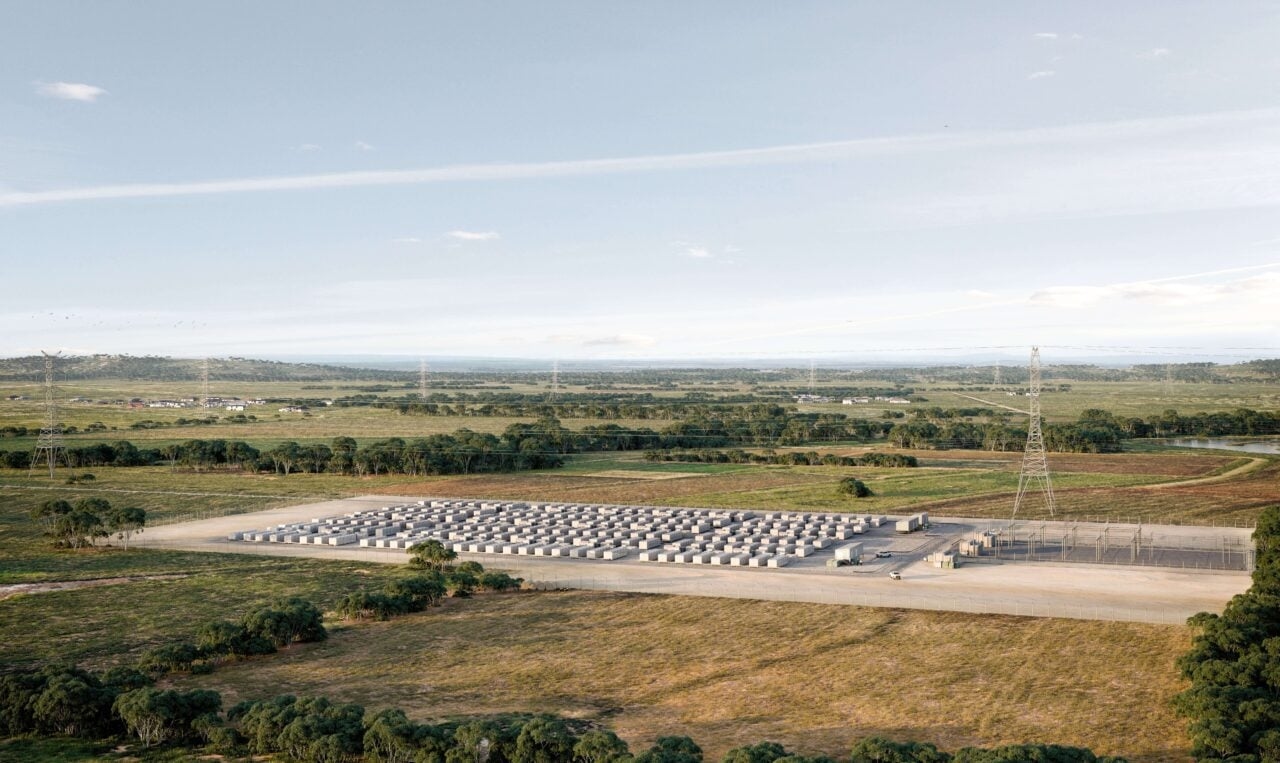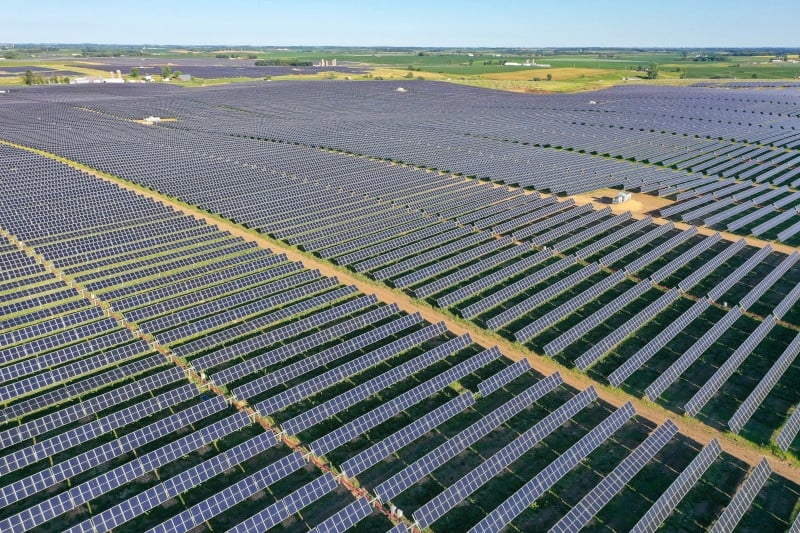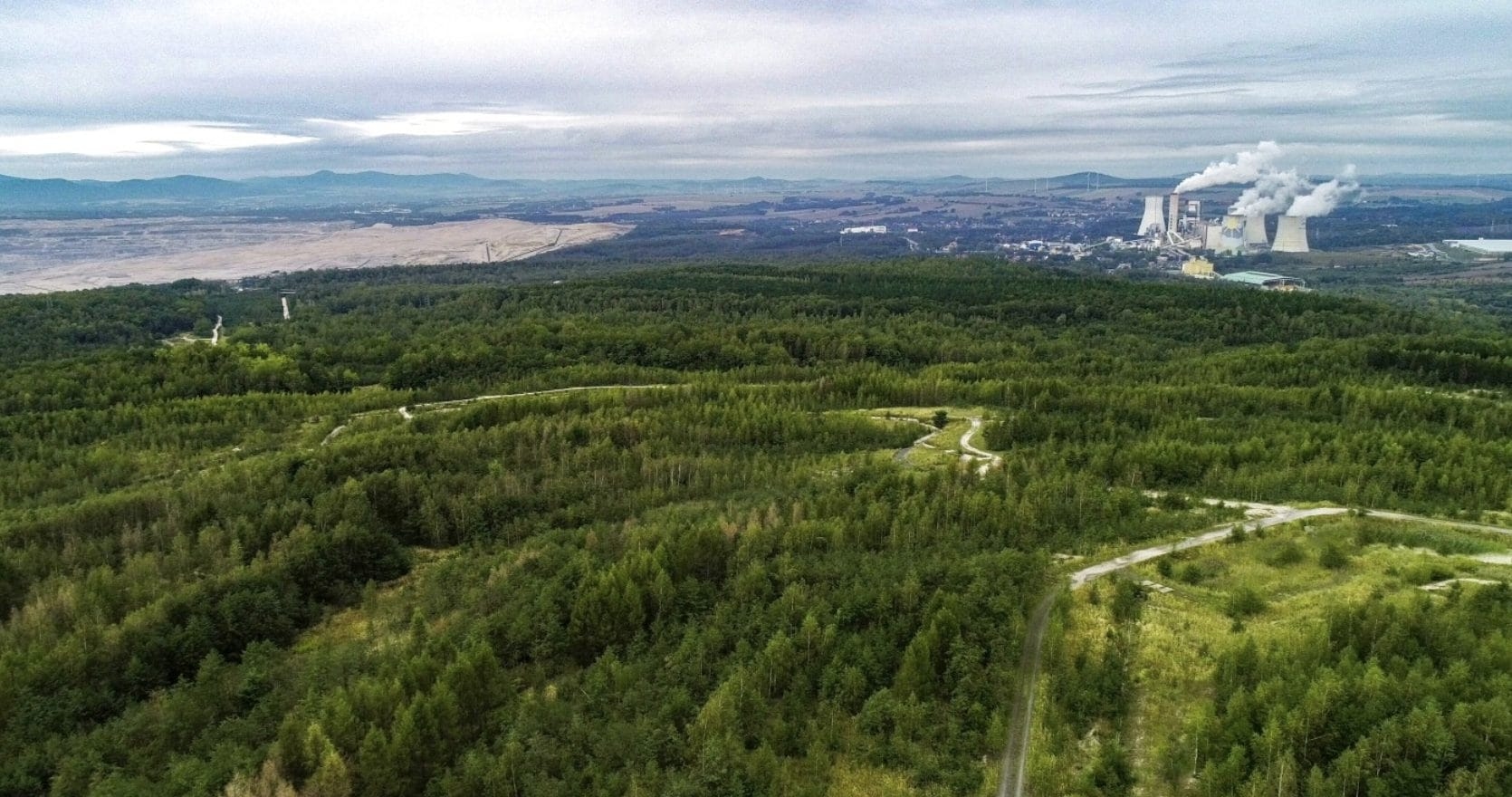Australia’s EPBC Act overhaul promises streamlined approvals as industry voices mixed support

The legislation creates new Ministerial powers to establish National Environmental Standards through regulations under the Act.
Stronger environmental protection measures include enhanced nature-positive requirements and improved habitat restoration obligations for development projects. The reforms aim to address Australia’s biodiversity crisis while providing clearer guidance for project proponents navigating environmental assessment requirements.
The EPBC Act, administered by the federal government, aims to protect nationally threatened species and ecological communities. A project must receive approval under the act before development can begin.
The EPBC Act has become a significant bottleneck for renewable energy developments, with approval timelines doubling in recent years, according to analysis by the Australian trade association Clean Energy Investor Group.
The current legislation, introduced in 1999, has faced sustained criticism from both environmental groups and some industry stakeholders for failing to deliver effective environmental outcomes while creating regulatory uncertainty for major projects.
Minister Watt emphasised the economic imperative for reform, noting that environmental protection and economic development must work together to support Australia’s transition to renewable energy.
“Analysis by my Department on the economic value of these reforms shows annual savings of at least half a billion dollars and potentially up to AU$7 billion (US$4.59 billion) to the national economy,” Watt said in his address to the National Press Club.
“In short, reforming these laws is vital to protect our precious natural environment, on which life depends, as do jobs in tourism, agriculture, resources and other industries. But this Act is also incredibly important to giving business certainty and achieving our national priorities.”
The reforms specifically target faster approvals for clean energy infrastructure while maintaining rigorous environmental standards through the proposed national EPA.
However, the legislation faces an uncertain path through Parliament, requiring support from either the Liberal-National coalition or the Greens party to pass into law. An inquiry into the reform bills will report recommendations in March 2026, with submissions open until 5 December.
The response to Australia’s EPBC Act reform package has exposed deep divisions across the energy and development sectors, with some stakeholders navigating the delicate balance between environmental protection and economic necessity.
While the government positions the reforms as essential for both biodiversity conservation and accelerating renewable energy, several industry reactions reveal the complexity of achieving these dual objectives.
The Business Council of Australia, which represents chief executives of more than 130 of Australia’s largest corporations, has emerged as a cautious supporter of the reform initiative.
Chief executive Bran Black described the package as “an opportunity to fix a broken system” while emphasising that environmental approvals reform remains essential for attracting investment into major projects and expanding critical minerals opportunities.
The organisation’s measured response reflects broader frustration with the current regulatory processes, which have created significant delays for infrastructure development across Australia’s NEM.
This perspective finds support within Australia’s legal community, where several firms have started analysing the reform package’s implications for project development.
Corrs Chambers Westgarth, one of Australia’s commercial law firms, characterised the reforms as “the most significant overhaul of Australia’s national environmental laws in over 25 years.”
The firm’s analysis emphasises that successful implementation will require a careful balance between environmental protection and development facilitation, echoing concerns raised by business groups about regulatory certainty.
International law firm Pinsent Masons has focused on the practical implications of the reforms, particularly highlighting the creation of clear definitions for unacceptable environmental impacts.
The firm noted that Watt’s emphasis on faster project rejections could actually benefit developers by helping them avoid pursuing unsuitable developments. This perspective suggests that regulatory clarity, rather than simply faster approvals, may be the key benefit for industry stakeholders.
However, legal analysis becomes more nuanced when considering the reform package’s operational mechanisms. Norton Rose Fulbright, a global law firm with Australian operations, described the reforms as “setting the scene for major changes” while noting that regional planning provisions could provide greater certainty for developers.
The firm’s analysis suggests that landscape-scale conservation outcomes may actually support more predictable development processes, addressing long-standing industry concerns about the uncertainty of project-by-project assessments.
Yet, this optimistic industry perspective faces a challenge from environmental advocacy groups. The Environmental Defenders Office (EDO), a national network of community legal centres specialising in environmental law, has delivered a scathing assessment of the reform package.
The organisation stated that the “long-awaited EPBC reforms fall short of fixing a failing Act,” despite acknowledging some positive elements within the legislation.
The EDO’s concerns centre on continued Ministerial discretion and inadequate climate change provisions, arguments that highlight fundamental tensions between environmental protection and development facilitation.
The organisation’s position suggests that the reform package may not satisfy either environmental advocates seeking stronger protection or industry groups demanding regulatory certainty.
These competing perspectives create a complex landscape for sector-specific industry associations. In a separate view to energy developments, the Property Council of Australia, representing property developers, investors and managers, has welcomed the reforms as “long-overdue reform of broken environmental systems.” This also reflects the widespread industries that the EPBC Act impacts.
The organisation’s support reflects the property sector’s particular frustration with current approval processes, which have created delays for major development projects across Australian cities.
The renewable energy sector’s response reveals similar tensions between supporting reform and maintaining environmental standards. The Clean Energy Council, Australia’s peak renewable energy industry association, provided cautious support for the reforms while emphasising that implementation details will determine actual outcomes.
The organisation’s position reflects the renewable energy sector’s unique challenge of requiring both faster approvals and maintained environmental credibility.
This balancing act becomes even more complex when considering traditional energy sector perspectives. Australian Energy Producers, the national industry association representing oil, gas and renewable energy companies, characterised the reforms as “an opportunity to fix Australia’s broken environmental laws.”
The organisation emphasised that current regulatory processes have created investment uncertainty across both renewable energy and traditional energy projects, suggesting that regulatory reform benefits extend beyond clean energy development.
The convergence of support from both renewable energy and traditional energy sectors highlights the reform package’s potential to address systemic regulatory challenges rather than simply favouring particular technologies.
However, this broad industry support contrasts sharply with concerns from environmental groups, creating political challenges for the government’s reform agenda.
The diverse stakeholder responses ultimately reflect the fundamental challenge of reforming environmental legislation that must serve multiple competing objectives.
The March 2026 inquiry timeline presents an opportunity for further stakeholder engagement; however, the varied industry positions suggest that achieving consensus will require significant compromise from all parties.
As Australia pursues ambitious renewable energy targets while addressing biodiversity conservation requirements, the success of these reforms may determine whether environmental protection and economic development can truly work together in practice.
energy-storage




